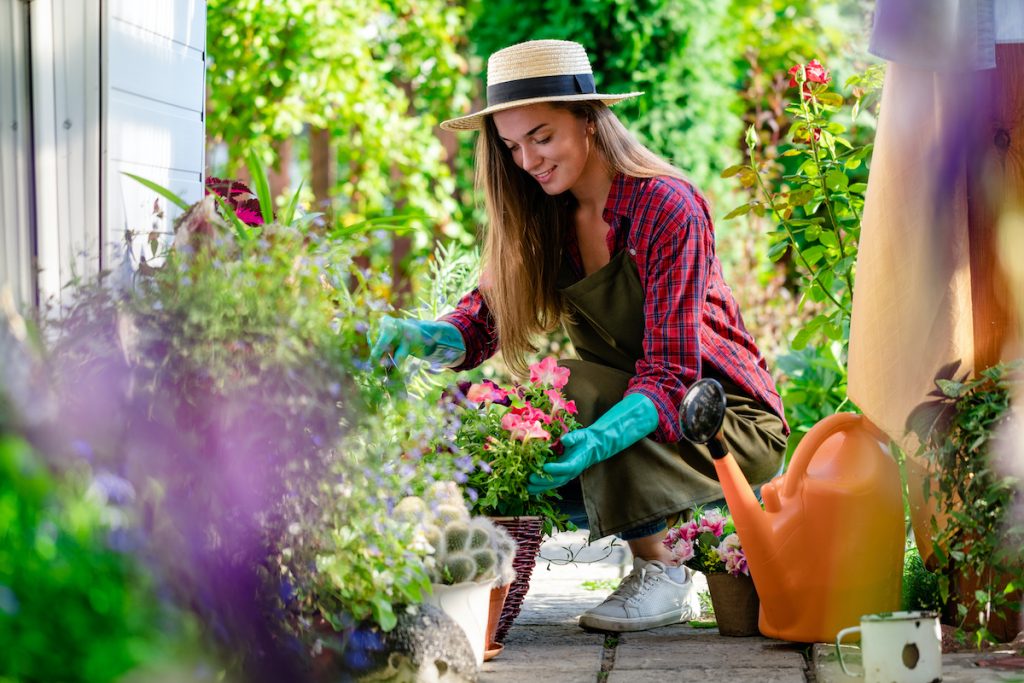Experience is the best teacher. When we’re teaching kids how to do something, it’s best to do it outside the four corners of the classroom. As such, most parents teach their children life-long lessons through different outdoor activities. After all, the great outdoors can be a great teacher.
However, outdoor activities can pose a danger to children. Not only will they be exposed to strangers, but they might also encounter a variety of different wildlife that could be hostile. As such, a controlled environment such as your backyard is an excellent way of ensuring that children can have a good time playing in the garden without wandering off.
Most of the time, a spacious backyard is a great way venue for most adults to converge it. But when it comes to children, most love having their attention on objects and structures that they can interact with. In most cases, parents will set up a playground or a treehouse that’s affixed on top of a safe location.
Whether you’re expecting another baby in your family anytime soon or having guests over, having an interactive and exciting garden can ensure that children will be kept busy for hours.
Safety First
Before anything else, it’s wise to ensure that there are no hazards for children in your garden.
Here are some hazards that you should keep in mind:
- Gardening tools – When children are out and about, it’s best to start hiding your gardening tools. Most of the time, these tools are sharp or heavy and can cause severe injuries if used as toys. The only time children should ever handle these tools is to educate them on their use. These are tools for farming and not for playing.
- Steep Heights – Whether you have toll playground structures like slides or a treehouse that’s affixed on top of a tree, children will need to be more careful around these areas. If possible, you can place soft paddings close to areas where they might fall.
- Mid-construction sites – You might be setting up a patio on your garden or a crew of roofers working on your roof. Chances are, debris will fall from these construction areas. It’s best to sit your kid down and have a serious conversation about where they are allowed to go.
- Automobile parts – After heavy use, some automobile parts such as exhausts can be scorching to the touch, leaving burn marks.
- Tools for cooking – Most of the time, people will be barbecuing in the garden. Even when your children are playing, they can still get burned and seared from the heat.
- Hostile pets and animals – While most pets are trained and won’t hurt humans, some children will try to get a rise out of pets. As such, it’s essential to keep pets indoors and discern which companion is safe to interact with.

Making Your Garden Fun
There are different ways of making your garden fun and exciting for children. Whether it’s constructing impressive structures, helping them with their green thumb, or just having fun with them, the main point is helping them grow and learn through these activities.
Outside structures
You don’t necessarily have to make your yard into a playground for your children to have a good time. However, you can always place playground equipment and structures if you want to. As long as your garden is attractive, has different landmarks and interactive structures, your children will still have a good time.
Making a connection between your home and your garden’s structures is by paving concrete or walkways towards these areas. By doing so, children will have a clear walkway that they can follow while keeping off germinating grass.
Pergolas, gazebos, and patios are also great ways of placing shade and furniture outside your home. Kiosks can also serve as temporary carports were you can safely store your car while providing the right amount of protection. That can come in handy if you’re planning to have garage floor repairs in your home.
Planting Crops and Vegetables
When you’re teaching your children how to grow plants as they’re having fun, you’re killing two birds with one stone. They will develop life-long skills that they can use in the future, but they are also nurturing interpersonal skills with other children.
Younger children will need even more supervision during these types of activities. As these children grow older, you can start teaching then several different harvesting and water procedures. By the age of ten to 13, you can help them use tools to cultivate, dig, pruning, and to carry plants.
There are different ways of entertaining children in your garden, such as picnics, playground structures, exciting sights, treehouses, or even teaching them how to grow and plant crops. Since children are naturally curious and will often go to places where they shouldn’t be, it’s imperative to ensure that safety measures are in place.

